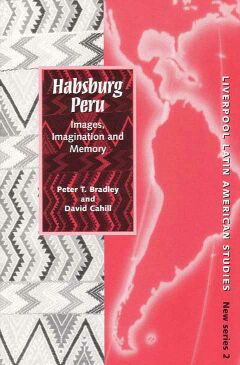
The two case studies presented in this book represent two distinct types of imagining by two diametrically different groups: literate, and in some cases erudite Europeans, and a vanquished native nobility. The former endeavoured to make sense of Spain's (and Portugal's) 'marvellous possessions' in the New World with the limited conceptual tools at their disposal, the latter to construct a colonial identity based on their shared ancestral memory while incorporating elements from the even more wondrous Hispanic culture that had overwhelmed them. There were, of course, multiple misunderstandings and misinterpretations. Yet for the Spanish such distortions were rectifiable in the fullness of time, whether by evangelization or the relentless application of civil and canon law. For British and other dispassionate European observers, the expressed views of conquerors and conquered, and the gulf of understanding that separated them were all grist to the mill of their imagination. By contrast, the remnant Inca nobility could not wait. It was urgent, to their very survival that they convince the crown both of their 'nobleness' and of their utility to the colonial regime then in process of construction. The conquest ipso facto had rendered them an anachronism. No longer attached to the state power that had been their lifeblood and their raison d'être, they sought to recover those traces of their erstwhile political, social and ritual roles that might be parlayed into a share in the operation of the colonial system. In doing so, they appropriated parts of Spanish culture that were useful to, indeed necessary for, securing official acceptance of their pretensions.
[published by Liverpool University Press, Liverpool Latin American Studies, New Series, no. 2, 2002]